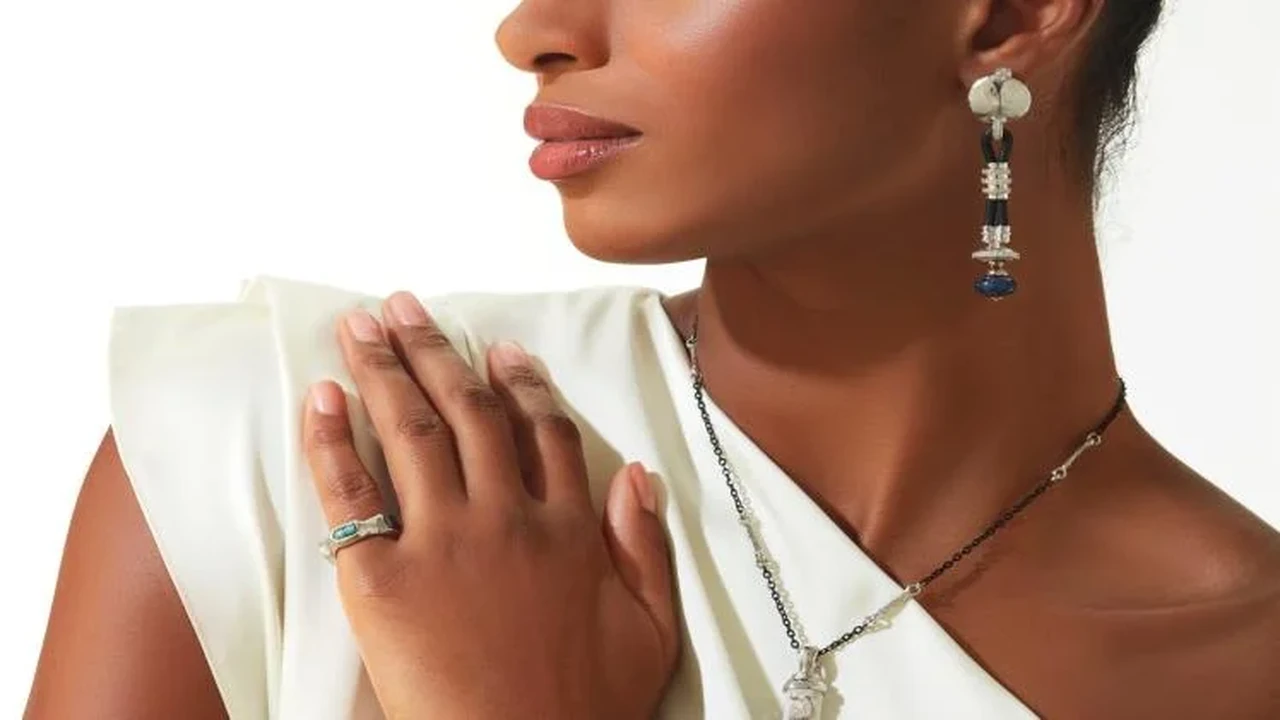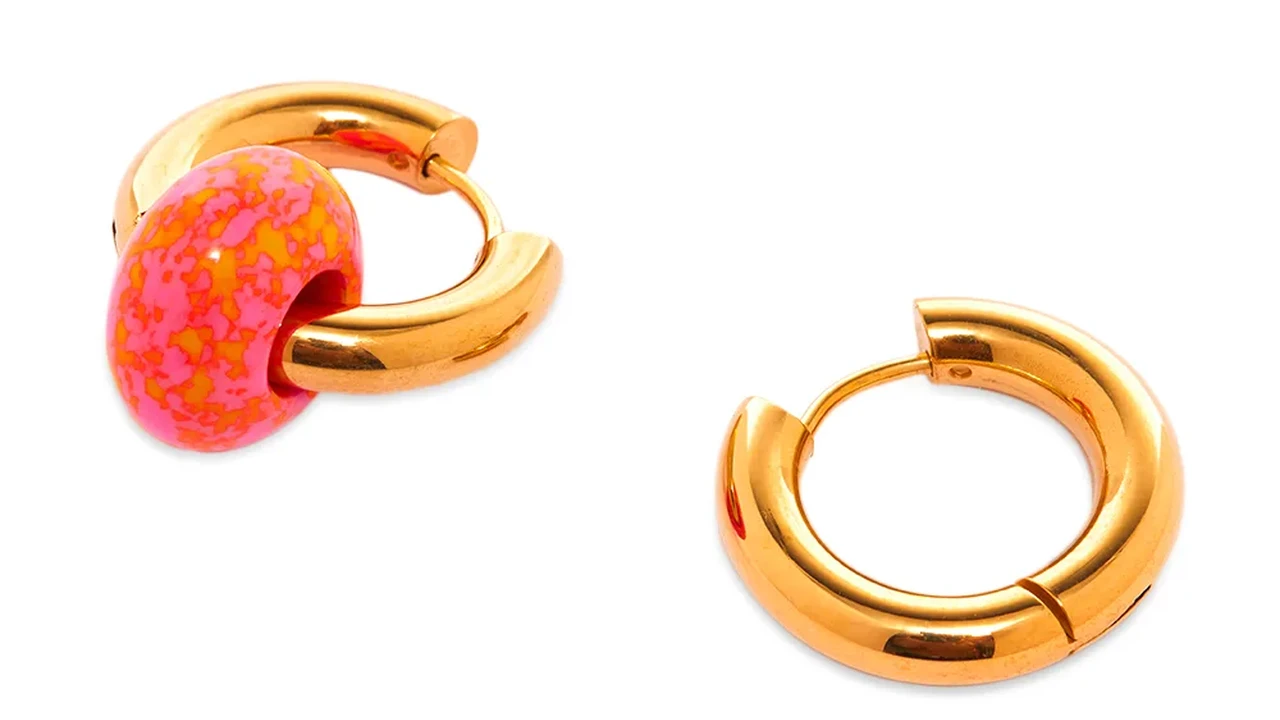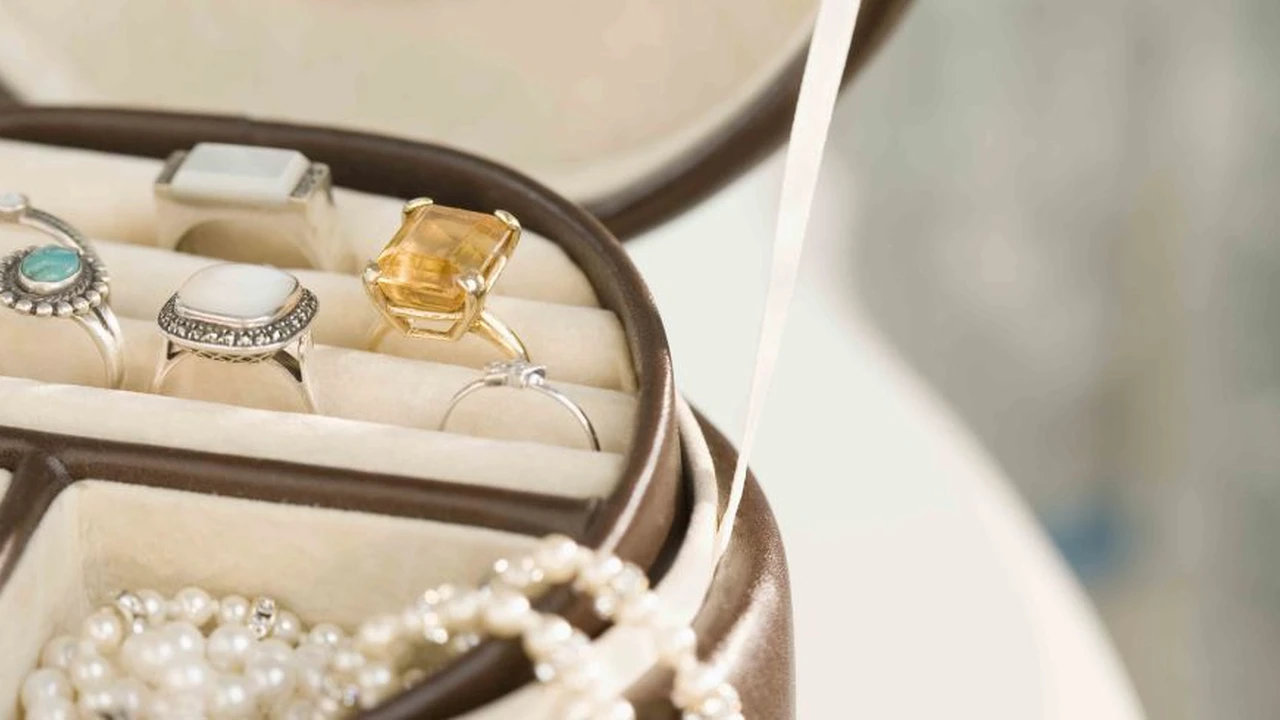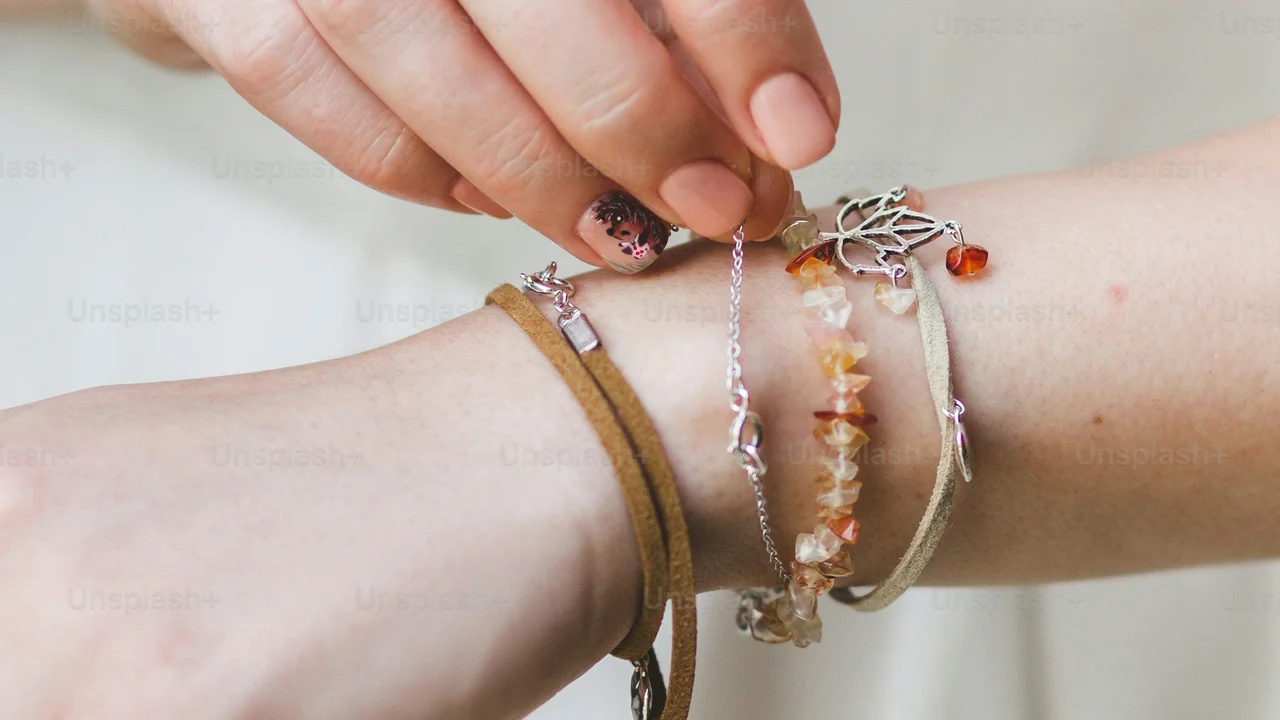High Jewelry Creations Sustainable Practices in Luxury
Learn about sustainable practices in the high jewelry industry. Explore ethical sourcing, responsible mining, and eco-friendly materials.

Introduction to Sustainable High Jewelry
Hey there, jewelry lovers! Let's talk about something super important: sustainability in the world of high jewelry. We all love a bit of sparkle, but what if that sparkle came with a clear conscience? More and more, people are asking where their luxury items come from and how they're made. High jewelry is no exception. The good news is, the industry is starting to listen and embrace more ethical and eco-friendly practices.
Ethical Sourcing of Gemstones for High Jewelry
One of the biggest concerns is where those dazzling gemstones actually come from. We're not just talking about diamonds here; think sapphires, emeralds, rubies, and all those other beauties. Ethical sourcing means making sure that the mines where these stones are found are treating workers fairly, paying them a decent wage, and not using child labor. It also means minimizing the environmental impact of mining, which can be pretty heavy duty. Companies committed to ethical sourcing often work with organizations like the Responsible Jewellery Council (RJC) to ensure their practices are up to snuff.
Responsible Mining Practices in High Jewelry Creation
Mining can be a messy business, no doubt about it. But responsible mining aims to reduce the damage. This includes things like restoring the land after mining is finished, minimizing water usage, and preventing pollution. Some companies are even exploring innovative mining techniques that are less invasive and more environmentally friendly. Look for brands that are transparent about their mining practices and actively working to improve them.
Eco-Friendly Materials in High Jewelry Design
It's not just about the gemstones, though! The metals used in high jewelry also play a role. Gold, platinum, and silver are all mined, and that has an environmental impact. Recycled metals are becoming increasingly popular. Using recycled gold, for example, reduces the need for new mining and helps to conserve resources. Plus, it's just as beautiful and durable as newly mined gold. Some jewelers are also experimenting with alternative materials like lab-grown diamonds (more on that later!) and sustainably sourced wood or even recycled plastics for certain design elements.
The Rise of Lab-Grown Diamonds in High Jewelry
Speaking of lab-grown diamonds, they're making a serious splash in the jewelry world. These diamonds are created in a lab, using technology that mimics the natural diamond-growing process. The result? Real diamonds that are just as sparkly and durable as mined diamonds, but without the ethical and environmental baggage. Lab-grown diamonds are also often more affordable, which is a nice bonus. Many high jewelry brands are now incorporating lab-grown diamonds into their collections, offering customers a more sustainable and budget-friendly option.
Transparency and Traceability in High Jewelry Supply Chains
Transparency is key when it comes to sustainability. Consumers want to know where their jewelry comes from, every step of the way. Traceability is the ability to track a gemstone or metal from the mine to the finished piece of jewelry. This helps to ensure that it was sourced ethically and responsibly. Some companies are using blockchain technology to create transparent and secure supply chains, making it easier to verify the origins of their materials.
High Jewelry Brands Leading the Way in Sustainability
Okay, let's talk about some specific brands that are doing a great job with sustainability. There are many jewelers out there who are committed to making a positive impact. Here are a few examples:
- Chopard: Chopard has been a pioneer in sustainable luxury, committing to using 100% ethical gold in its jewelry since 2018. They also work closely with mining communities to improve their working conditions and environmental practices.
- Tiffany & Co.: Tiffany & Co. has a long-standing commitment to responsible sourcing. They trace the origins of their diamonds and metals and work to ensure that they are mined in an environmentally and socially responsible manner.
- Paspaley: Paspaley is known for its beautiful South Sea pearls, and they are also committed to sustainable pearl farming practices. They work to protect the marine environment and ensure the long-term health of their pearl farms.
- Vrai: Vrai is a brand that exclusively uses lab-grown diamonds and recycled gold. They are transparent about their supply chain and committed to minimizing their environmental impact.
Spotlight on Sustainable High Jewelry Pieces and Their Uses
Let's dive into some specific examples of sustainable high jewelry pieces, their use cases, comparisons, and price points. Remember, prices can vary depending on the specific design and materials used.
Example 1: Chopard Green Carpet Collection Necklace
Description: This stunning necklace is part of Chopard's Green Carpet Collection, crafted from 18k ethical white gold and ethically sourced diamonds. It showcases intricate craftsmanship and a timeless design.
Use Case: Perfect for a red-carpet event, a gala, or any special occasion where you want to make a statement with a piece that's both beautiful and ethically made.
Comparison: Compared to other high jewelry necklaces, the Green Carpet Collection stands out for its commitment to ethical sourcing. While other necklaces might focus solely on aesthetics, this one offers peace of mind knowing it was made responsibly.
Price Point: Expect to pay upwards of $50,000 or more for a piece like this, reflecting the high-quality materials and craftsmanship.
Example 2: Tiffany & Co. Victoria Vine Necklace with Recycled Gold and Diamonds
Description: The Victoria Vine Necklace embodies Tiffany's timeless elegance, crafted with recycled gold and responsibly sourced diamonds. Its delicate design makes it versatile.
Use Case: Suitable for both formal events and adding a touch of luxury to a sophisticated everyday look. This piece seamlessly transitions from day to night.
Comparison: While many Tiffany necklaces are iconic, this one’s emphasis on recycled materials sets it apart. It's a conscious choice for those who value sustainability without compromising on style.
Price Point: Ranging from $15,000 to $30,000, depending on the size and diamond quality.
Example 3: Vrai The Line Bracelet (Lab Grown Diamonds)
Description: A minimalist yet luxurious line bracelet featuring a row of brilliant-cut lab-grown diamonds set in recycled gold. Vrai champions transparency and sustainability.
Use Case: Ideal for adding a subtle sparkle to any outfit. It's perfect for daily wear or stacking with other bracelets for a more personalized look.
Comparison: Compared to traditional diamond bracelets, Vrai offers a more accessible and ethical alternative. The use of lab-grown diamonds significantly reduces the environmental impact and cost.
Price Point: Approximately $3,000 to $8,000, making it a more affordable entry point into high-quality diamond jewelry.
Example 4: Paspaley Classic Pearl Strand
Description: A timeless strand of perfectly matched South Sea pearls, sustainably harvested by Paspaley. Each pearl is carefully selected for its luster, size, and shape.
Use Case: A classic piece for formal occasions, weddings, or adding a touch of sophistication to any ensemble. It's a versatile investment piece that will never go out of style.
Comparison: Paspaley's commitment to sustainable pearl farming ensures that their pearls are not only beautiful but also ethically sourced. Compared to other pearl strands, Paspaley offers unparalleled quality and traceability.
Price Point: Starting at $10,000 and ranging upwards depending on the size and quality of the pearls.
Consumer Demand for Sustainable High Jewelry
The demand for sustainable high jewelry is only growing. Consumers are becoming more aware of the ethical and environmental issues associated with the jewelry industry and are actively seeking out brands that are committed to responsible practices. They're willing to pay a premium for jewelry that they know was made ethically and sustainably. This trend is being driven by younger generations who are particularly concerned about social and environmental issues.
The Future of Sustainable High Jewelry
The future of high jewelry is undoubtedly sustainable. As consumers continue to demand more ethical and environmentally friendly products, the industry will need to adapt and embrace sustainable practices. This includes things like ethical sourcing, responsible mining, the use of recycled materials, and transparency in the supply chain. Technology will also play a key role, with blockchain and other innovations helping to track the origins of materials and ensure that they are sourced responsibly. The high jewelry of tomorrow will be not only beautiful and luxurious but also ethical and sustainable.
:max_bytes(150000):strip_icc()/277019-baked-pork-chops-with-cream-of-mushroom-soup-DDMFS-beauty-4x3-BG-7505-5762b731cf30447d9cbbbbbf387beafa.jpg)






